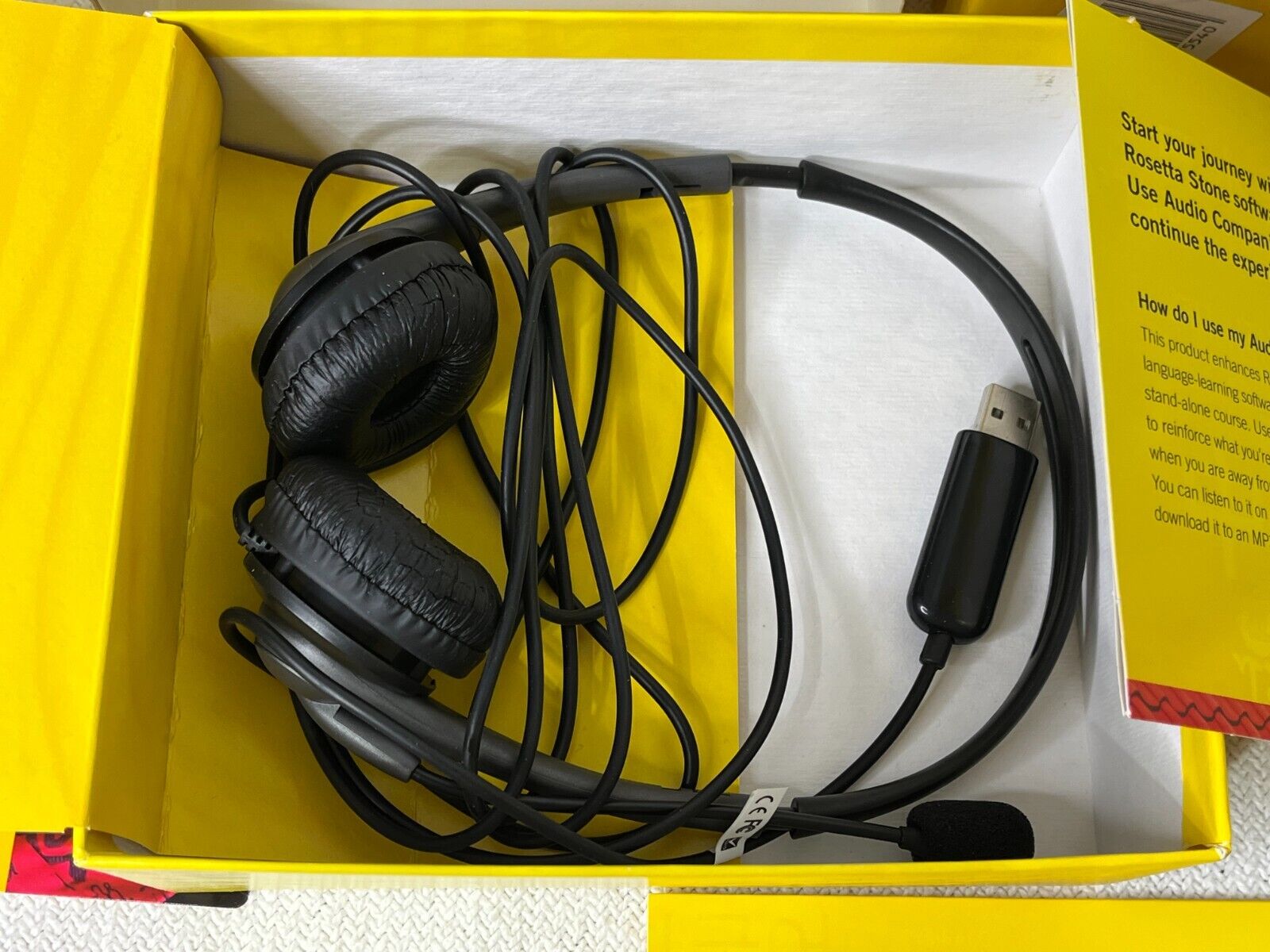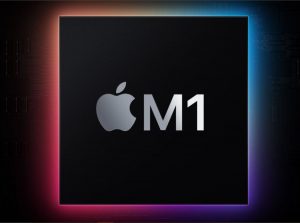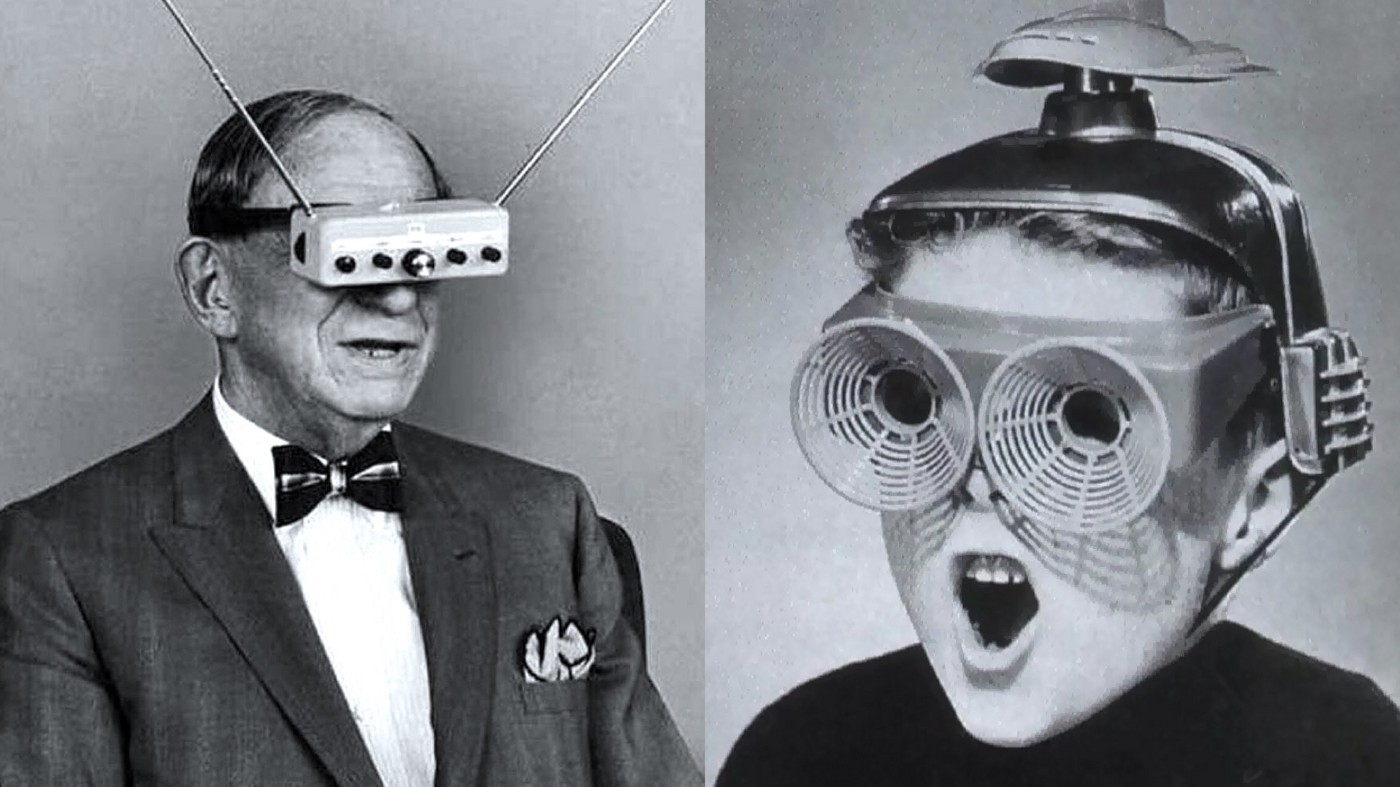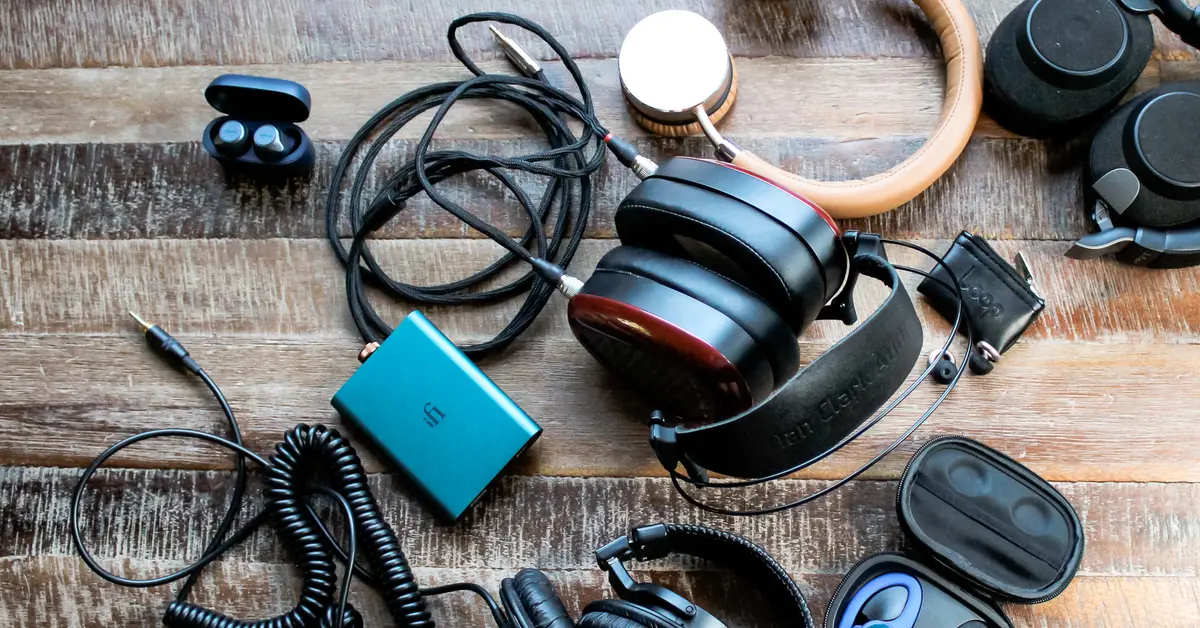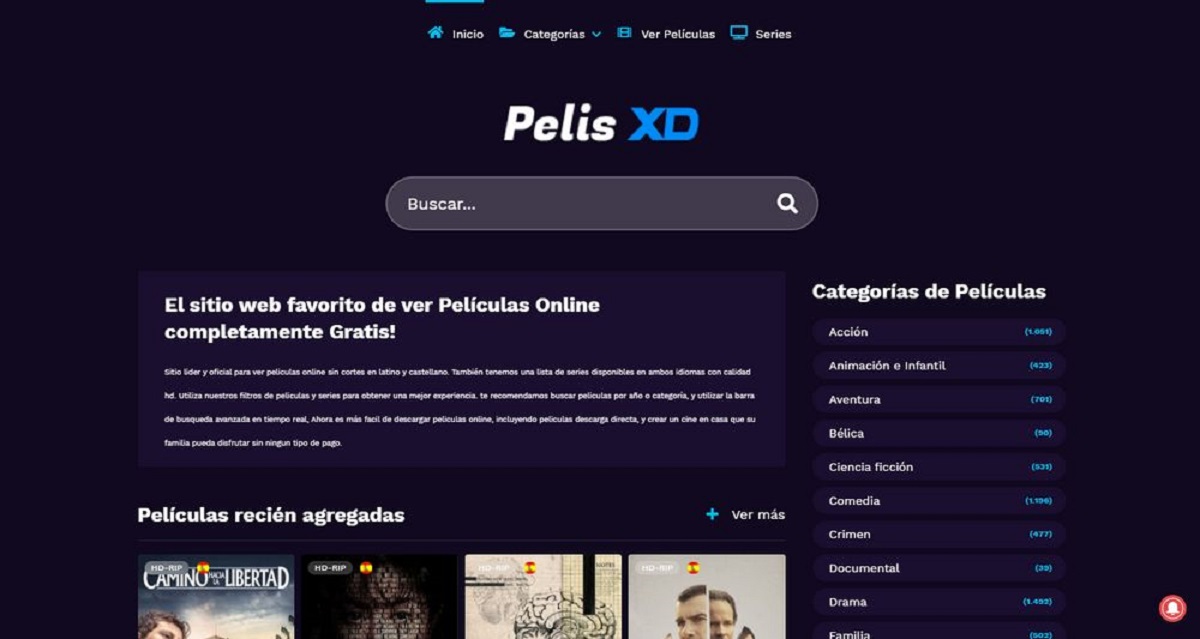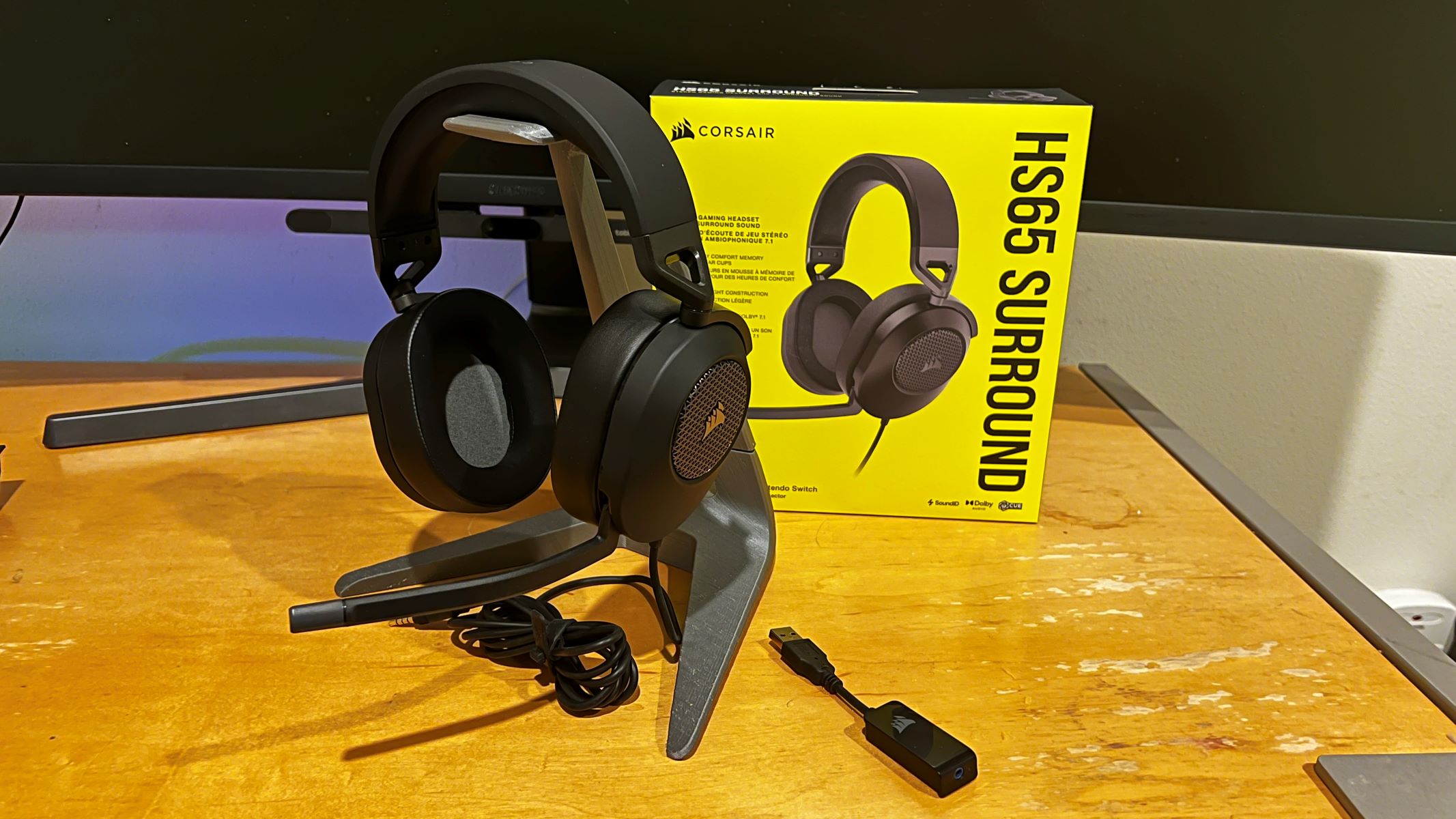Introduction
When embarking on a language-learning journey with Rosetta Stone, one of the most crucial elements for an immersive and effective experience is the choice of the right headset. The right headset can significantly enhance the audio quality, comfort, and overall learning experience, allowing you to fully immerse yourself in the language lessons and effectively grasp the nuances of pronunciation and intonation.
Choosing the perfect headset for Rosetta Stone audio involves navigating through a plethora of options, each with its own set of features, specifications, and compatibility. Whether you prefer the convenience of wireless connectivity, the reliability of a wired connection, or the balance of comfort and sound quality, the headset you select will play a pivotal role in your language-learning journey.
In this comprehensive guide, we will delve into the various types of headsets suitable for Rosetta Stone audio, explore the key considerations to keep in mind when selecting the right headset, and highlight some popular options that align with the requirements for an optimal language-learning experience. So, let's dive in and unravel the world of headsets, empowering you to make an informed decision that complements your Rosetta Stone language-learning endeavors.
Types of Headsets
When it comes to choosing a headset for Rosetta Stone audio, it's essential to understand the different types available and their respective features. The variety of headsets can be overwhelming, but having a clear understanding of each type can help you make an informed decision based on your preferences and requirements. Here are the main types of headsets to consider:
1. Over-Ear Headphones
Over-ear headphones, also known as full-size headphones, feature cushioned ear cups that fully enclose the ears. These headsets are known for their immersive sound quality and noise isolation, making them an ideal choice for creating a distraction-free environment while using Rosetta Stone. The larger ear cups provide a comfortable fit for extended use, and many models come with adjustable headbands for a customized fit.
2. On-Ear Headphones
On-ear headphones rest on the ears rather than fully enclosing them. They are typically more compact and portable than over-ear headphones, making them a convenient option for language learning on the go. While they may not offer the same level of noise isolation as over-ear headphones, they are often lightweight and provide a good balance of sound quality and comfort.
3. In-Ear Headphones (Earbuds)
In-ear headphones, commonly referred to as earbuds, are small, lightweight, and fit snugly into the ear canal. They are highly portable and ideal for users who prioritize convenience and mobility. Many in-ear headphones come with built-in microphones, allowing for seamless communication during language lessons. Additionally, some models feature noise-canceling technology, enhancing the overall audio experience.
4. Wireless Headsets
Wireless headsets have gained popularity due to their freedom of movement and absence of tangled cords. Bluetooth technology enables seamless connectivity with Rosetta Stone audio, allowing users to move around without being tethered to their device. Many wireless headsets offer long battery life and advanced features such as touch controls and voice assistants, providing a modern and convenient language-learning experience.
5. Wired Headsets
Wired headsets remain a reliable choice for language learning, offering a stable and consistent connection to the device. They are often preferred for their simplicity and compatibility with a wide range of devices. Additionally, wired headsets eliminate the need for recharging, making them a dependable option for extended study sessions.
Each type of headset offers unique advantages, and the choice ultimately depends on individual preferences, comfort, and the desired level of audio immersion. Understanding the characteristics of each type can guide you in selecting the perfect headset that aligns with your language-learning needs.
Considerations for Choosing the Right Headset
When selecting the ideal headset for Rosetta Stone audio, several key considerations come into play to ensure a seamless and enriching language-learning experience. Understanding these factors will empower you to make a well-informed decision tailored to your specific needs and preferences. Here are the essential considerations to keep in mind:
-
Comfort: Comfort is paramount, especially during extended language-learning sessions. Look for headsets with plush padding, adjustable headbands, and lightweight designs to minimize discomfort and fatigue. Over-ear and on-ear headphones should provide a snug yet gentle fit, while in-ear headphones should come with various ear tip sizes to ensure a secure and comfortable seal.
-
Sound Quality: Immersive sound quality is crucial for accurately capturing the nuances of language pronunciation and intonation. Seek headsets with balanced audio profiles, clear vocals, and distinct instrument separation. Noise isolation or cancellation features can further enhance the audio clarity, allowing you to focus solely on the language lessons without external distractions.
-
Compatibility: Ensure that the chosen headset is compatible with your preferred device, whether it's a computer, tablet, or smartphone. Wireless headsets should support Bluetooth connectivity, while wired headsets should have the appropriate audio jack compatibility. Additionally, verify compatibility with Rosetta Stone's platform to guarantee seamless integration.
-
Microphone Quality: If interactive speaking exercises are part of your language-learning curriculum, a high-quality microphone is essential. Look for headsets with noise-canceling microphones to minimize background noise and ensure clear vocal transmission, facilitating effective communication during speaking exercises.
-
Portability: For learners on the move, portability is a significant factor. In-ear headphones and wireless headsets offer the convenience of compact designs and effortless portability, allowing you to engage in language lessons wherever you go. Consider the ease of storage and transportation when choosing a portable headset option.
-
Durability and Build Quality: A durable headset can withstand the rigors of daily use and provide long-lasting performance. Opt for headsets constructed from robust materials, reinforced cables, and sturdy hinges or joints. This ensures that your chosen headset remains reliable and functional throughout your language-learning journey.
-
Wireless Connectivity Considerations: If opting for a wireless headset, factors such as battery life, Bluetooth range, and charging time become crucial. Look for headsets with extended battery life to accommodate prolonged study sessions, as well as quick-charging capabilities for added convenience.
By carefully considering these factors, you can narrow down the myriad of headset options and select the one that perfectly aligns with your language-learning preferences and requirements. Each consideration plays a pivotal role in enhancing your overall Rosetta Stone audio experience, allowing you to fully immerse yourself in the captivating world of language learning.
Popular Headsets for Rosetta Stone Audio
When it comes to selecting the perfect headset for Rosetta Stone audio, several models stand out as popular choices among language learners seeking optimal sound quality, comfort, and compatibility. These headsets have garnered acclaim for their performance, design, and suitability for immersive language learning experiences. Let's explore some of the popular options that have resonated with Rosetta Stone users:
1. Bose QuietComfort 35 II
The Bose QuietComfort 35 II wireless headphones are renowned for their exceptional noise-canceling capabilities, making them an ideal choice for creating a distraction-free environment during Rosetta Stone sessions. The plush ear cushions and adjustable headband ensure long-lasting comfort, while the balanced sound profile delivers clear and immersive audio. With seamless Bluetooth connectivity and a built-in microphone, the Bose QuietComfort 35 II caters to both audio clarity and interactive speaking exercises.
2. Sony WH-1000XM4
Sony's WH-1000XM4 wireless headphones have garnered widespread acclaim for their industry-leading noise-canceling technology and impressive sound quality. These headphones offer a customizable audio experience, allowing users to adjust the sound settings to suit their language-learning preferences. The long battery life and lightweight design make them perfect for extended Rosetta Stone sessions, and the high-quality microphone ensures clear voice transmission during speaking exercises.
3. Apple AirPods Pro
For learners who prioritize portability and seamless integration with Apple devices, the AirPods Pro stand out as a popular choice. These true wireless earbuds feature active noise cancellation and transparency mode, catering to both immersive language learning and awareness of the surrounding environment. The compact charging case and effortless pairing with Apple devices make the AirPods Pro a convenient and stylish option for Rosetta Stone audio lessons.
4. Sennheiser HD 660 S
The Sennheiser HD 660 S over-ear headphones are revered for their exceptional audio accuracy and natural sound reproduction, making them a favorite among audiophiles and language enthusiasts. The open-back design provides a spacious soundstage, ideal for discerning the nuances of language pronunciation and intonation. With a comfortable fit and durable build, the Sennheiser HD 660 S is a reliable choice for immersive Rosetta Stone language lessons.
5. Jabra Elite 85h
The Jabra Elite 85h wireless headphones combine advanced noise-canceling technology with long-lasting comfort, making them a popular option for language learners seeking a versatile and reliable headset. These headphones boast a robust microphone array, ensuring crystal-clear voice transmission during speaking exercises. With a focus on durability and intuitive controls, the Jabra Elite 85h offers a seamless and enjoyable Rosetta Stone audio experience.
Each of these popular headsets caters to different preferences and priorities, providing a diverse range of options for Rosetta Stone users. Whether prioritizing noise cancellation, sound quality, portability, or compatibility, these headsets offer an array of features to enhance the language-learning journey, allowing users to fully immerse themselves in the captivating world of Rosetta Stone audio lessons.
Conclusion
In conclusion, the choice of the right headset for Rosetta Stone audio is a pivotal decision that significantly impacts the language-learning experience. By understanding the diverse types of headsets available, considering essential factors such as comfort, sound quality, compatibility, and portability, and exploring popular headset options, learners can make an informed decision tailored to their unique preferences and requirements.
The world of headsets offers a myriad of options, each with distinct features and advantages. Over-ear headphones provide immersive sound quality and noise isolation, ideal for creating a focused learning environment. On-ear headphones offer a balance of portability and sound quality, making them suitable for learners on the move. In-ear headphones and wireless headsets prioritize convenience and mobility, while wired headsets offer reliable connectivity and simplicity.
When choosing the right headset, comfort takes precedence, especially during extended language-learning sessions. The selected headset should offer a comfortable fit, balanced sound quality, and compatibility with the preferred device and Rosetta Stone's platform. Additionally, considerations such as microphone quality, portability, durability, and wireless connectivity features play a crucial role in enhancing the overall language-learning experience.
Popular headsets such as the Bose QuietComfort 35 II, Sony WH-1000XM4, Apple AirPods Pro, Sennheiser HD 660 S, and Jabra Elite 85h have garnered acclaim for their performance, design, and suitability for Rosetta Stone audio lessons. Each of these headsets caters to different preferences, offering features such as noise cancellation, clear microphone transmission, and seamless integration with various devices.
Ultimately, the right headset for Rosetta Stone audio is the one that aligns with the learner's individual needs, providing a comfortable, immersive, and enriching language-learning experience. By carefully considering the diverse options and essential factors, learners can embark on their language-learning journey with confidence, knowing that their chosen headset will enhance their ability to grasp the intricacies of language pronunciation, intonation, and communication.
In the captivating world of language learning with Rosetta Stone, the right headset becomes a valuable companion, enabling learners to immerse themselves in the beauty of linguistic expression and cultural understanding. With the perfect headset at hand, learners can embark on a transformative journey, embracing the power of language and communication with clarity, comfort, and joy.







